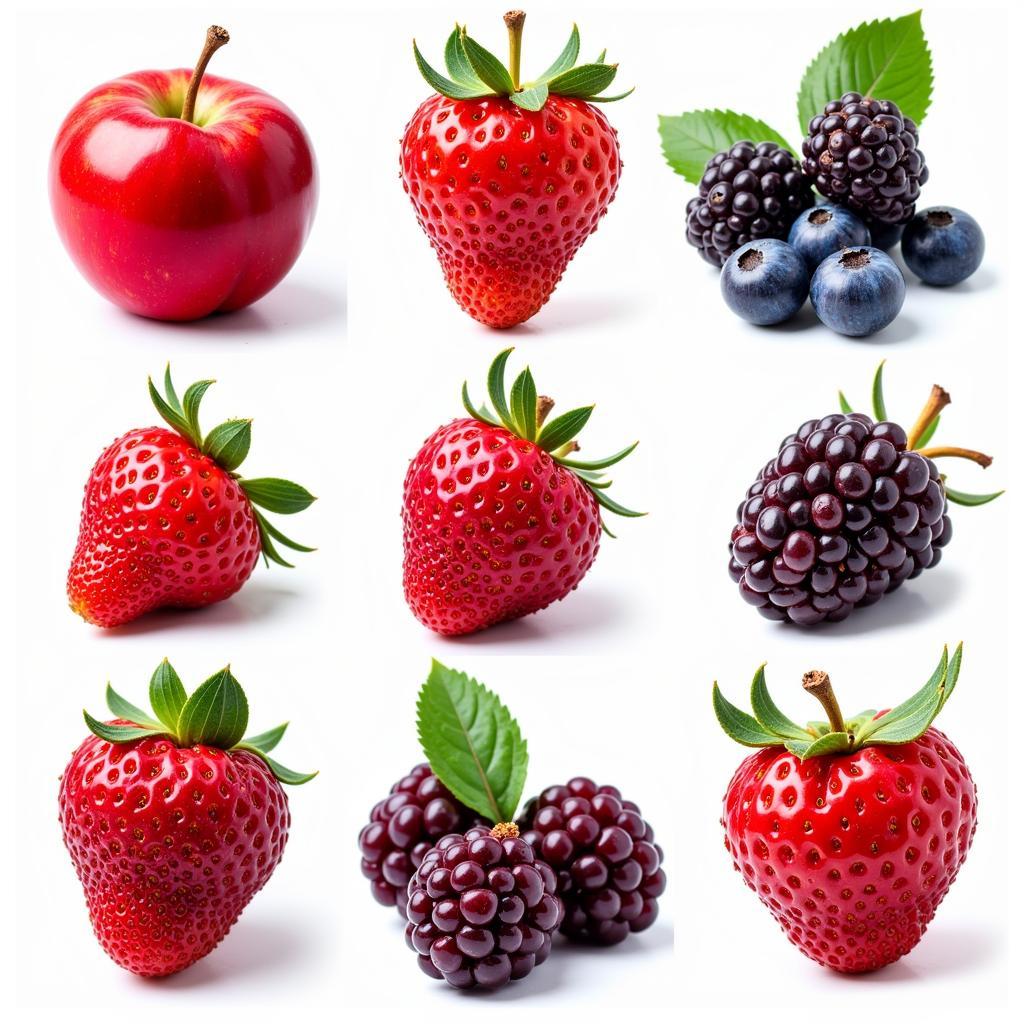The Complexities of African Bleaching Cream: A Look at Skin Lightening Practices
Skin lightening, often achieved through products like African Bleaching Cream, is a complex issue with deep roots across the African continent. While often attributed to Eurocentric beauty standards, the reasons behind skin bleaching are multifaceted and often interwoven with societal pressures, personal insecurities, and historical narratives. This article delves into the complex world of African bleaching cream, exploring its historical context, social implications, and potential health risks.
A Historical Perspective on Skin Lightening in Africa
The desire for lighter skin tones in Africa predates modern colonialism. Historical records show that various African cultures associated lighter skin with beauty, wealth, and social status. This was often tied to pre-colonial social hierarchies, where those who were less exposed to the sun due to their occupation or social standing had lighter complexions.
The Colonial Legacy and the Rise of Bleaching Creams
The arrival of European colonialism in Africa intensified the existing colorism, further associating whiteness with power, privilege, and desirability. Colonial rule introduced a system where lighter skin often translated to better opportunities, leading to the internalization of these harmful beliefs. This period marked the beginning of the mass production and marketing of skin-lightening products, including bleaching creams, specifically targeted at African consumers.
Social Pressures and the Pursuit of Beauty Ideals
The legacy of colonialism, coupled with the globalization of media and its portrayal of beauty, continues to influence perceptions of attractiveness in many African societies. Lighter skin tones are often portrayed as more desirable in popular culture, advertising, and even within family structures. This pressure to conform to these Eurocentric beauty standards can lead individuals, particularly women, to turn to skin-lightening products like bleaching creams in hopes of achieving social acceptance, romantic success, and even career advancement.
The Harmful Effects of African Bleaching Creams
Most African bleaching creams contain harmful chemicals such as hydroquinone, mercury, and corticosteroids. These ingredients can have severe consequences for both physical and mental health. Some of the most common side effects include:
- Skin thinning and damage: Prolonged use of bleaching creams can thin the skin, making it more susceptible to cuts, stretch marks, and sun damage.
- Uneven skin tone: Instead of achieving a uniform lighter complexion, bleaching creams can ironically lead to an uneven skin tone, with patches of light and dark areas.
- Hyperpigmentation and ochronosis: The chemicals in bleaching creams can paradoxically cause darkening of the skin, a condition known as ochronosis, which is often irreversible.
- Systemic health issues: Ingredients like mercury can be absorbed into the bloodstream, leading to kidney problems, liver damage, and even neurological disorders.
Challenging Beauty Standards and Embracing Diversity
It is crucial to challenge the ingrained societal norms and Eurocentric beauty standards that fuel the demand for African bleaching cream. This involves:
- Promoting positive self-image and self-love: Encouraging individuals to embrace their natural beauty and celebrating the diversity of African skin tones.
- Media representation and inclusivity: Advocating for greater representation of diverse beauty standards in media, advertising, and popular culture.
- Education and awareness: Highlighting the potential health risks associated with skin bleaching and promoting safer alternatives for skincare.
Conclusion
The issue of African bleaching cream is a complex one, intertwined with historical legacies, societal pressures, and individual choices. Addressing this issue requires a multifaceted approach that tackles the root causes while promoting self-love, diversity, and informed choices about skincare. By challenging Eurocentric beauty standards and embracing the beauty in diversity, we can create a more inclusive and accepting society for all.
FAQ about African Bleaching Cream
- What are the most common ingredients in African bleaching creams? Many African bleaching creams contain hydroquinone, mercury, and corticosteroids, which can have harmful effects on the skin and overall health.
- Are there safe alternatives to bleaching creams for skin lightening? Yes, there are safer alternatives such as natural ingredients like licorice root extract, kojic acid, and vitamin C, which can help brighten the skin without the harmful side effects.
- Is skin bleaching only prevalent among women in Africa? While skin bleaching is more commonly associated with women, it is also prevalent among men in some African societies, highlighting the pervasive nature of colorism.
- Are there any laws regulating the production and sale of bleaching creams in Africa? Several African countries have implemented regulations and bans on the production and sale of skin-lightening products containing harmful chemicals; however, enforcement remains a challenge.
You might also be interested in:
- african soap: Discover the natural goodness of African black soap and its benefits for healthy, glowing skin.
- african bleaching products: Delve deeper into the world of skin-lightening products in Africa and understand their impact on society and individuals.
Need help?
If you are struggling with body image issues or have any concerns about skin lightening practices, please reach out for help. You can contact us at:
- Phone Number: +255768904061
- Email: [email protected]
- Address: Mbarali DC Mawindi, Kangaga, Tanzania.
We have a 24/7 customer support team available to assist you.
